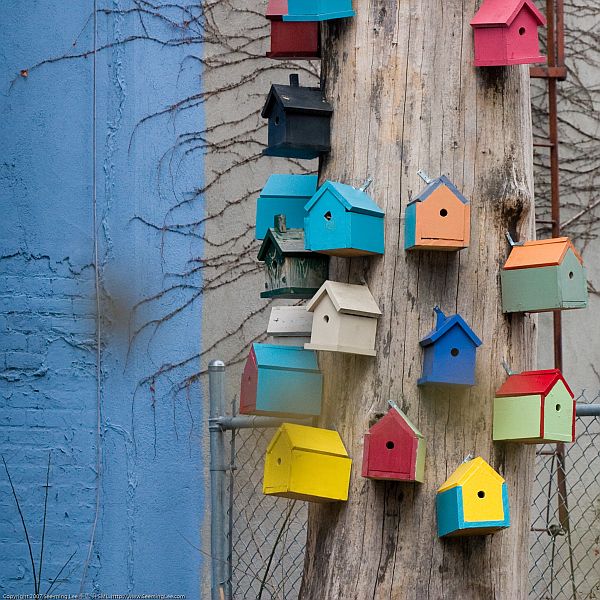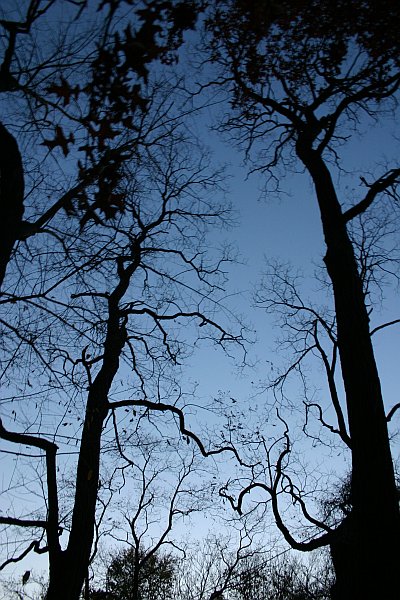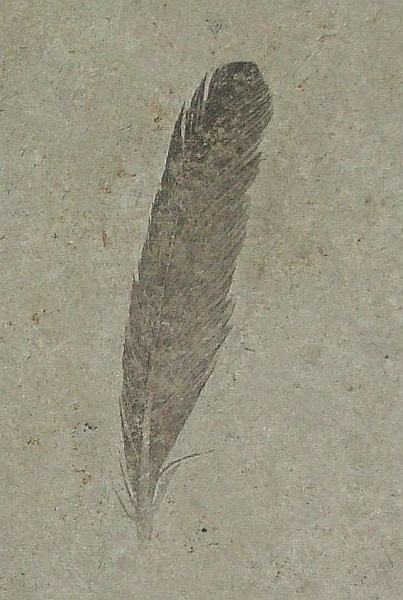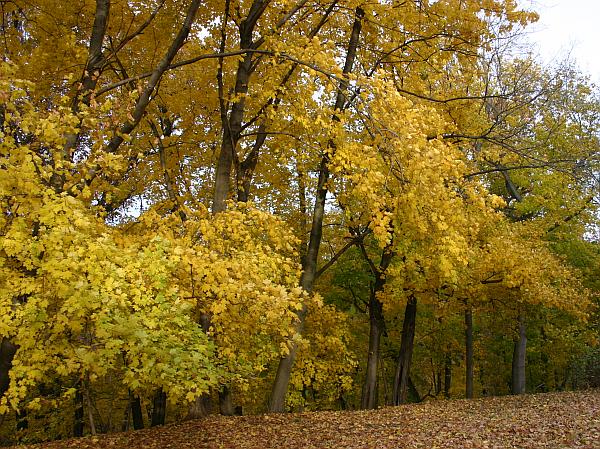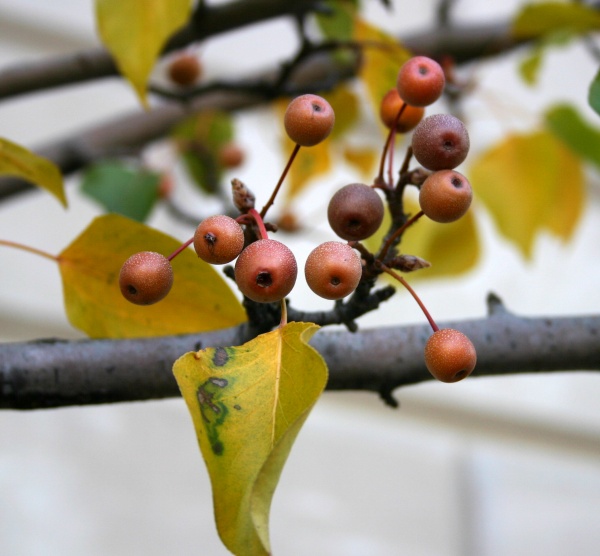
Why are there so many robins in Pittsburgh right now? Food.
What are they eating? You’re looking at it.
These are Bradford callery pears, the fruit of a popular small street tree that has pretty white flowers in early spring.
This particular cluster is from a row of trees next to the Pittsburgh Board of Education on Bellefield Avenue but I’ve found Bradford pears at Carnegie Mellon, at Pitt, on neighborhood streets, in mall parking lots … they’re everywhere.
And they’re imported. Callery pears are normally thorny trees. Native to China they were first brought to the U.S. in 1918 as an experiment in producing rootstock for pear orchards, but that didn’t work out. Instead, one of the experimental trees grew without thorns, was recognized for its ornamental value and became the “Bradford” cultivar. By 1982 Bradford callery pears were the second most popular landscape tree in the U.S.
As usual with non-natives, they are easy to point out in late November because they still retain their leaves. Before they fall the leaves turn yellow, orange and then deep red, another reason for the tree’s ornamental value. In spring the flowers bloom earlier than our native trees. (I happen to think the flowers smell bad but most people don’t notice it.)
Since their introduction, callery pears have become naturalized and in some places invasive. It’s easy to see how their seeds spread when you watch a flock of birds feasting on them. This year the fruit is especially prolific and so are the robins and starlings.
As soon as the fruit is gone and the ground is covered with snow, the robins will go. Until then, it’s a party.
(photo by Kate St. John)
